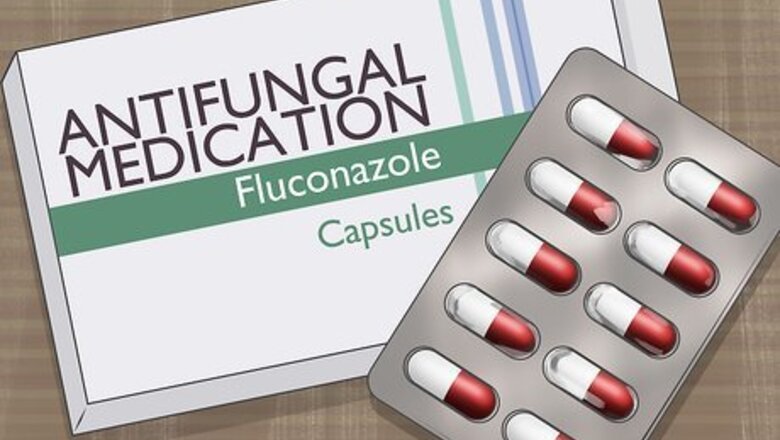
views
Treating the Infection
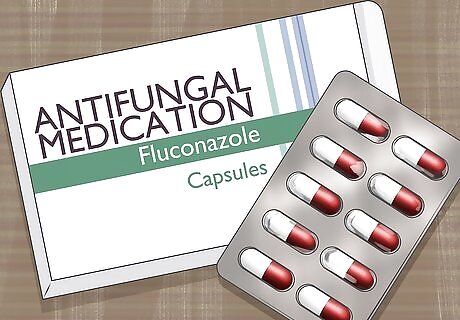
Take oral antifungal medications as directed by your doctor. Commonly prescribed antifungal medications for hair regrowth include terbinafine, itraconazole, fluconazole, and griseofulvin. If your doctor prescribes one of these medications to treat your scalp infection, take the medication exactly as recommended. Don’t stop taking the medication until your doctor tells you to, even if it seems like your infection has cleared. It’s often necessary to keep taking antifungal medications for 2 or more weeks after the infection has cleared or it may return.
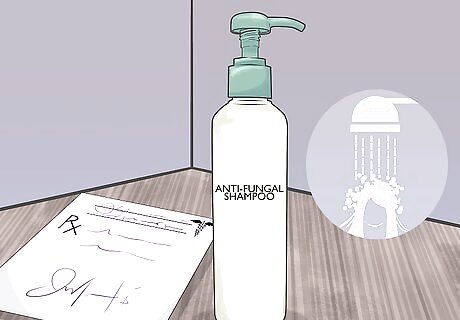
Wash your hair daily with a prescription-strength antifungal shampoo. Your doctor may prescribe an antifungal shampoo in addition to or in place of an oral antifungal medication depending on the severity of the scalp infection. Follow your doctor’s instructions for how to use the shampoo and keep using it daily for as long as they tell you to. Concentrate on cleansing your scalp with the shampoo. Read the instructions to determine if you need to leave the shampoo on for a few minutes before rinsing it away.
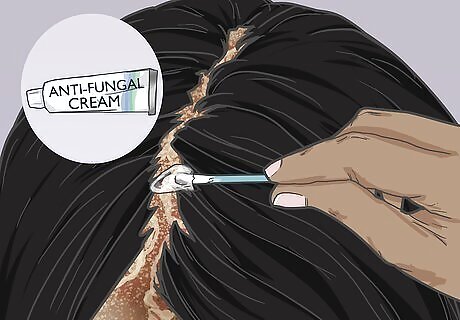
Apply topical antifungal agents to affected areas of your scalp. For a very persistent or severe scalp infection, your doctor may also recommend that you apply a topical antifungal agent to the affected areas of your scalp. Apply a thin layer of the ointment to any scaly areas of your scalp. Make sure that you cover the scaly patch as well as about ⁄2 in (1.3 cm) around the outside of those areas. Read the manufacturer’s instructions or ask your doctor if you’re unsure how often to apply the medication or how much to use.
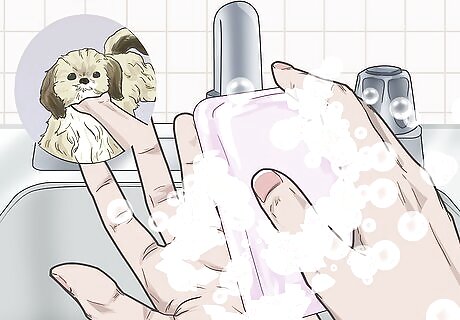
Wash your hands often, especially after touching animals. You can become reinfected if you touch your scalp after touching an infected animal or person. You can also spread your infection to other people while it is still present if you touch your scalp and then touch someone else. Wash your hands with water and mild soap and dry them thoroughly each time you touch an infected animal or person or after you touch your scalp.Warning: Don’t share hats, towels, brushes, or other personal items. These items can harbor fungus and cause you to spread your infection or become reinfected.
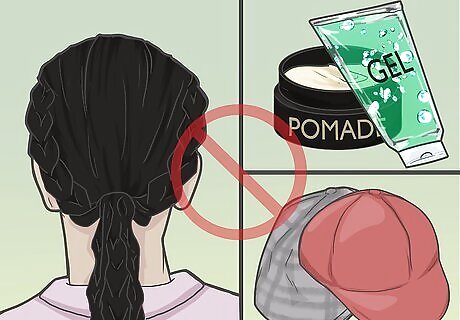
Avoid tight hairstyles, hats, and hair products. These can cause the fungus to cling to your scalp, thus making it harder to treat. Leave your hair loose and uncovered as much as possible and avoid using hair products that you apply to your scalp like gel, pomade, and mousse. Be aware that cutting your hair extremely short will not do anything to get rid of the infection.
Discussing Other Treatments with Your Doctor
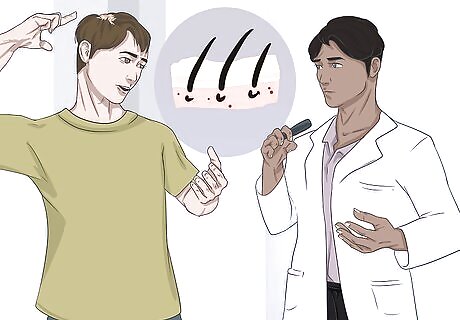
See your doctor if hair does not grow back after 12 months. Most people notice their hair growing back about 6-12 months after their infection has been cured. If you still do not see any signs of new hair growth after 12 months, make an appointment to see your doctor for an evaluation and so you can discuss treatment options. When your hair starts to return, you should be able to see it. It may grow back sparsely at first, but over time it should thicken up and return to its normal growth pattern.
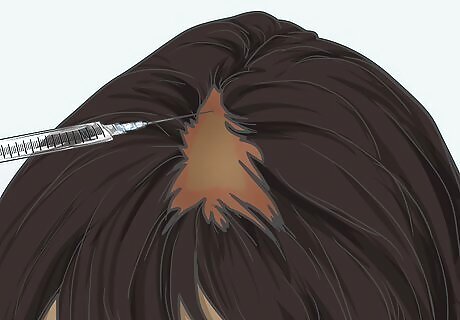
Ask about corticosteroid injections to promote hair regrowth. Some people have noticed an improvement in patchy bald spots after having this treatment done. However, it might not be a good option for everyone. Discuss the potential risks and benefits of having corticosteroid shots with your doctor. This therapy may not be suitable for children.
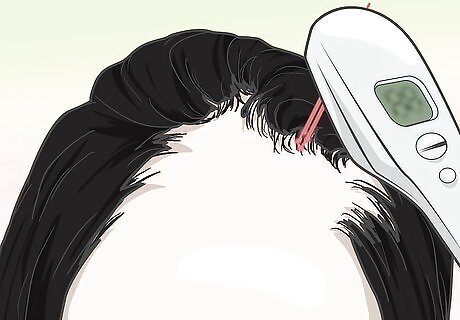
Discuss low-level laser therapy (LLLT) with your doctor. This therapy is when a doctor directs a controlled beam of bright light at your hair follicles and some people have experienced hair regrowth after having it done. Talk to your doctor to find out if this might be a helpful option for you. This option might not be safe for children.
Promoting Hair Regrowth with Daily Habits

Eat a healthy, balanced diet to promote hair regrowth with nutrition. Eat a wide range of fruits and vegetables as well as lean proteins, whole grains, and a moderate amount of healthy fat every day. This may help to ensure that you do not develop any nutritional deficiencies, which could worsen hair loss. Getting good nutrition may also help to promote hair regrowth over time. You may also want to take a daily multi-vitamin as nutritional insurance. There are also hair, skin, and nail vitamins that may help to promote hair growth. Supplements such as Biotin, Folic Acid, and Vitamin E can assist with hair growth.

Manage stress with relaxation techniques. Try deep breathing, meditation, or yoga to help you relax every day. You can also relax by doing something you enjoy, such as engaging in a favorite hobby, taking a bubble bath, playing with a pet, or talking with friends. Try to set aside at least 15 minutes every day to ensure that you have adequate time to relax. Excess stress can lead to increased hair loss, so managing your stress may help to prevent your hair loss from becoming worse.

Massage peppermint oil into your scalp for 10-15 minutes daily. Mix 4-5 drops of peppermint oil with 1 tablespoon (15 mL) of jojoba or olive oil. Then massage the mixture into your scalp with your fingertips. Continue to massage your scalp for about 10-15 minutes. Then, shampoo your hair as you normally would to remove the oil from your hair and scalp. Make sure to ask your doctor first before you combine this treatment with medicated shampoo or topical treatments as it could interfere with them.




















Comments
0 comment